profile/5434IMG_20200705_171151_6.jpg
Mrfiashnwa
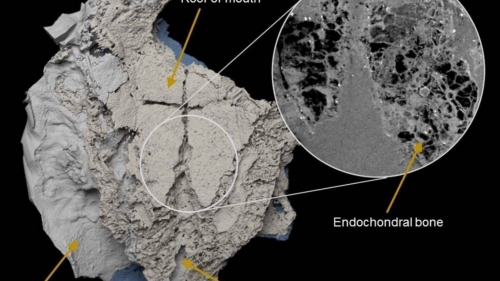
400M-year-old 'armored' Fish May Change The History Of Sharks As We Know It
~2.4 mins read
A 410-million-year-old fossil of an armored fish has completely changed the history of sharks, according to a newly published study.
The fish, known as Minjinia turgenensis, had a skeleton made of bone, as opposed to the cartilage that sharks are largely comprised of now, save for their teeth. Experts discovered the fossilized skull in the Mongolian mountains.
“It was a very unexpected discovery," the study's lead author, Martin Brazeau, said in a statement. "Conventional wisdom says that a bony inner skeleton was a unique innovation of the lineage that split from the ancestor of sharks more than 400 million years ago, but here is clear evidence of bony inner skeleton in a cousin of both sharks and, ultimately, us.”
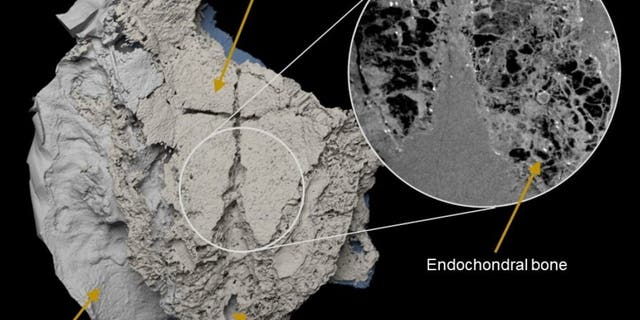
Virtual three-dimensional model of the braincase of Minjinia turgenensis generated from CT scan. Inset shows raw scan data showing the spongy endochondral bone inside. (Credit: Imperial College London)
It's possible that M. turgenensis could have been larger than great whites, with some members of the placoderm (jawed fish) species reaching 30 feet or more in length. Brazeau also noted it was likely a predator.
Although M. turgenensis is believed to have been significantly smaller than modern-day whale sharks or great whites at approximately 1 foot long, it has made an enormous impact, suggesting that sharks once had bone and then lost it, researchers said.
In addition to having a skeleton comprised of bone, it had bony plates over its head and shoulders that acted as shields, with Brazeau describing it as "extensive armor" as it swam the ancient seas.
The discovery adds further credence to the theory that endochondral bone – which makes up human skeletons after birth – may have played a huge role in shark evolution and helped them exist and adapt for more than 400 million years.
“If sharks had bony skeletons and lost it, it could be an evolutionary adaptation," Brazeau added. "Sharks don’t have swim bladders, which evolved later in bony fish, but a lighter skeleton would have helped them be more mobile in the water and swim at different depths.
“This may be what helped sharks to be one of the first global fish species, spreading out into oceans around the world 400 million years ago," Brazeau explained.
The study was published in the scientific journal Nature Ecology & Evolution.
profile/5434IMG_20200705_171151_6.jpg
Mrfiashnwa
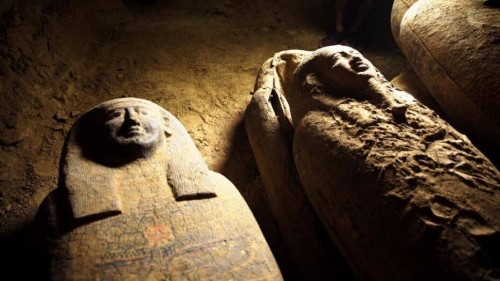
13 Coffins, Closed For 2,500-years, Discovered In Egypt
~2.5 mins read
Some 13 2,500-year-old human coffins have been discovered during an excavation in Egypt.
The finds were made at the ancient site of Saqqara.
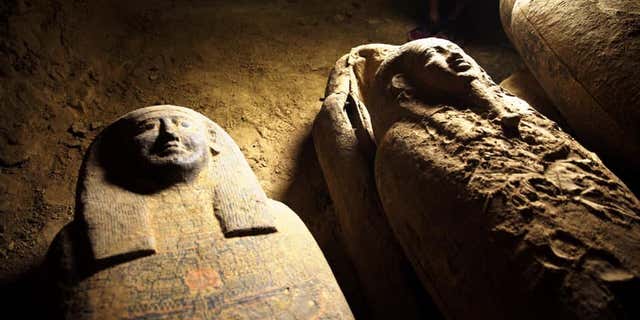
The coffins have not been opened for 2,500 years, according to archaeologists. (Egypt's Ministry of Tourism and Antiquities)
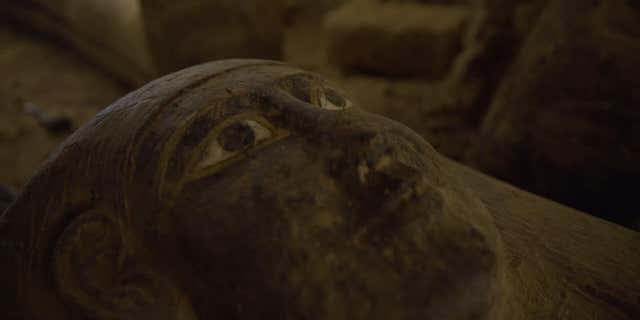
The coffins were discovered at the ancient site of Saqqara. (Egypt's Ministry of Tourism and Antiquities)
​​​
Advertisement

Link socials
Matches
Loading...

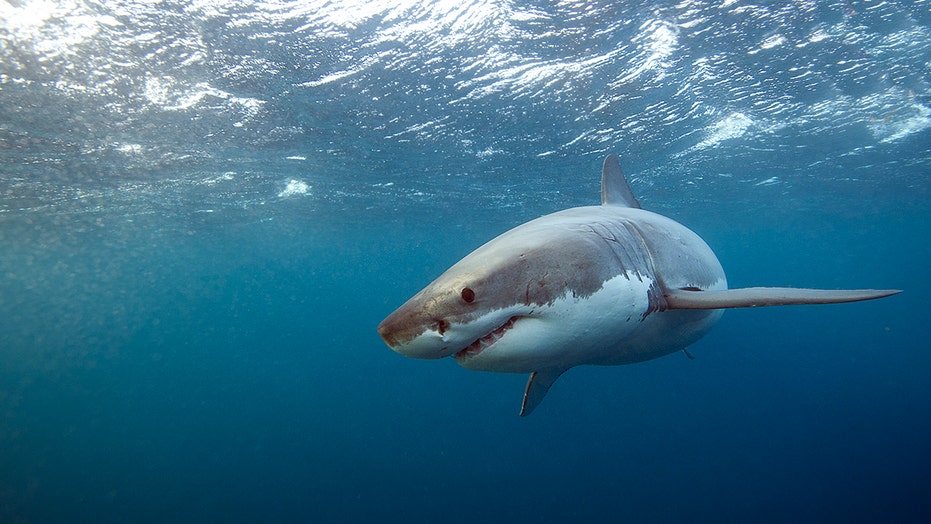 Video
Video